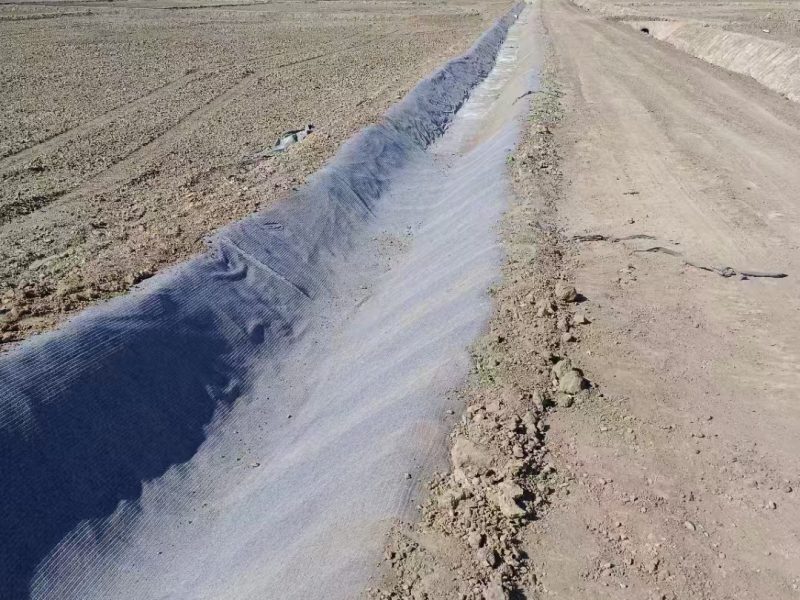Concrete Canvas- Flexible Construction Material
Concrete Canvas is an innovative flexible composite material composed of three layers: an outer waterproof polyethylene film, a middle layer of fiber-reinforced cement-based material, and an inner absorbent non-woven fabric. It combines the flexibility of textiles with the strength of concrete, requiring only water to harden and form. It is widely used in rapid construction and emergency engineering applications.
Product Specifications
– Thickness: Typically 5-15 mm (customizable as needed).
– Width: Standard width is 6 meters, with customizable lengths ranging from 1-8 meters.
– Weight: Approximately 15-25 kg/m² (depending on thickness).
– Compressive Strength: Can reach 10-20 MPa after hardening.
Product Features
- Rapid Construction: Simply add water to harden, significantly reducing construction time and improving efficiency.
- Excellent Flexibility: Can be cut, folded, and shaped before hardening to fit complex forms.
- High Strength: Forms a durable concrete layer after hardening, offering long-lasting performance.
- Waterproof and Fire-Resistant: The outer waterproof film and cement-based material provide excellent waterproofing and fire resistance.
5. Eco-Friendly and Convenient: Reduces waste and pollution compared to traditional concrete construction, and is easy to transport and store.
Applications
- Emergency Engineering: Used for quickly constructing temporary roads, flood barriers, shelters, etc.
- Water Conservancy Projects: Used for channel lining, reservoir slope protection, and other waterproofing and anti-seepage projects.
- Mining Engineering: Used for tunnel support, tailings pond covering, etc.
- Military Engineering: Used for rapid construction of bunkers, trenches, and other facilities.
- Infrastructure Repair: Used for quick repair and reinforcement of bridges, tunnels, and pipelines.
Concrete Canvas is a revolutionary building material that demonstrates significant potential across multiple fields due to its efficiency, convenience, and versatility.

